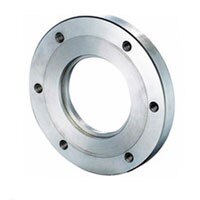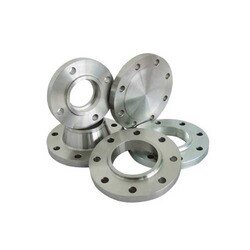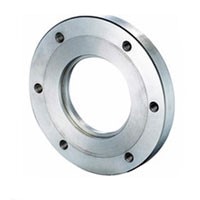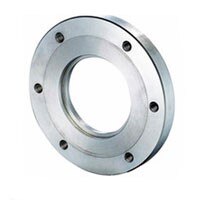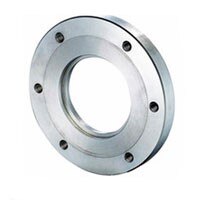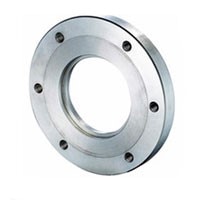LADHANI METAL CORPORATION We are a leading name in offering wide range of the finest quality of Super Duplex DIN Flanges. We offer high quality flanges that conform to the standard specifications of Super Duplex DIN Table Flanges. As we know that quality has become a vital part of the engineering products and that too at the global standards, we are striving hard to come up to global standards. Our product is made as per global demand and ensures accurate precision. Our team of experience professionals keeps a check and makes tests on various required parameters as per DIN so that quality standards are maintained. Manufactured with the most advanced technologies and premium quality raw materials, these DIN standard flanges are renowned for high efficiency and best suited for high temperature and high pressure. These standard flanges are resistant to corrosion and abrasion and ensure high durability. The Super Duplex DIN Table flanges are also available in all standard dimensions as per client's specification providing them maximum satisfaction. Not only this we are also ensuring that our flanges are delivered to the clients at the quickest time possible. The price range of these flange are the lowest one available in the entire market. Features: Sturdy structure Compact design Dimensional precision Well aligned holes Rust resistant Immaculate finish No leakage High tensile strength Can withstand optimum temperature and pressure Specifications: Standards : DIN2527, DIN2635, DIN2636, DIN2637, DIN2656, DIN2627, DIN2638, DIN2673, DIN2566, DIN2573, DIN2576, DIN2641, DIN2642, DIN2655, DIN2628, DIN2629, DIN2631, DIN2632, DIN2633, DIN2634 Pressure rating : 6 bar, 10 bar, 25 bar, 16 bar and 40 bar Sizes : From 1/8” NB to 48” NB Class : 150 LBS, 300 LBS, 400 LBS, 600 LBS, 900 LBS, 1500 LBS and 2500 LBS,
Send Message
